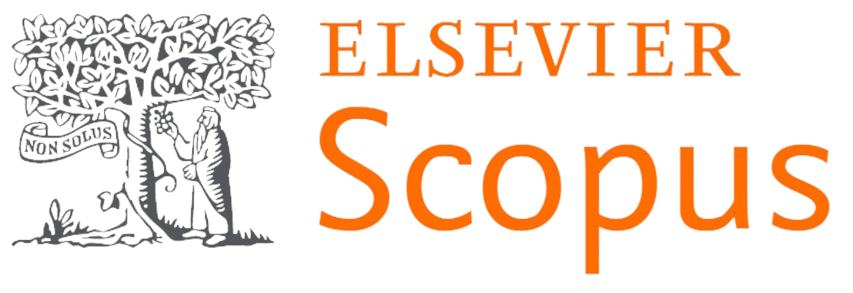Impact of Similarity Measure and Fusion Statistics on Vital Signs Data Fusion
DOI:
https://doi.org/10.70135/seejph.vi.4651Keywords:
vital signs monitoring, data fusion, similarity measures, fusion statistics, nonlinear analysis, physiological measurementsAbstract
This study investigates the effects of different similarity measures and fusion statistics on vital signs data fusion, comparing the performance of linear and nonlinear methodologies. We evaluated three similarity measures—two nonlinear (κ and τ) and one linear (ρ)—across various weight parameters (θ) and data processing conditions. The analysis showed different performance results occur when using linear and nonlinear operational methods. Nonlinear similarity measures proved to outperformed linear similarity measure with raw data which yielded a Minimal Mean Square Fusion Error (MSFE) within the range of 0.0341 to 0.0358. On the contrary, applying derived statistics with the linear similarity measure (ρ) demonstrated a better performance because it produced MSFE results in the range of 0.002-0.0023 compared to its raw data performance (MSFE ≈ 0.85). The study also used R(y) statistics to investigate the impact of missing vital signs on fusion processes, and the results showed that different physiological measurements varied in their sensitivity. The Standardized Mean Absolute Fusion Error (SMAFE) measurements revealed better standardization impact during nonlinear processing with raw data. The findings show that no single method proved to be universally better in every situation, suggesting that the choice of similarity measure and fusion statistics should be customized to particular data properties and application needs. These findings provide valuable insights for the development and optimization of vital signs monitoring systems in clinical settings.
Downloads
Published
How to Cite
Issue
Section
License
Copyright (c) 2025 Michael Arthur Ofori, David Kwamena Mensah, George Otieno Orwa, Paul Hewson

This work is licensed under a Creative Commons Attribution-NoDerivatives 4.0 International License.

